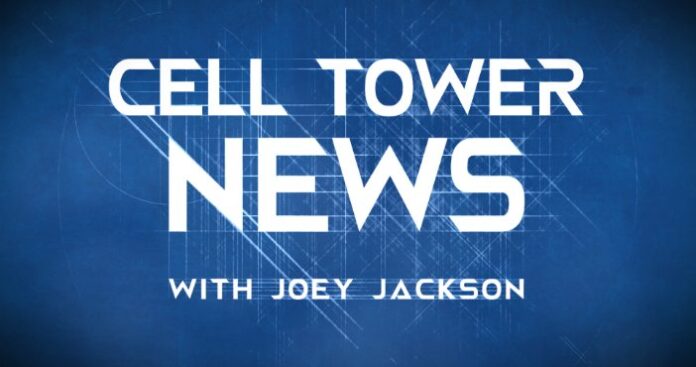Cell Tower News is brought to you by the National Association of Tower Erectors (NATE).
On this episode of Cell Tower News, host Joey Jackson discusses the state of the wireless ecosystem, delves into the mysteries of dark fiber and gets an insider’s perspective on backhaul from George Townsend, SVP of Business at Tower Cloud.
Townsend first addresses a panel that Tower Cloud CEO Ron Mudry took part in at the recent CTIA Super Mobility event about the state of the wireless ecosystem. Speaking on behalf of Mudry, Townsend explains what he thinks is the most important issue when looking at the current state of the wireless ecosystem.
“From a network perspective, I think the challenges of rapidly scaling small cells will probably dominate the discussion, Townsend said. “With small cells, what the big issue is it’s an underlay to the macro environment and there’s a lot of capacity being driven by all the cell phones and tablets streaming video and there’s a need to address that capacity, but also with a high quality.”
From there, the conversation moved to macro tower backhaul and whether wireless backhaul would overtake fiber lines.
“I think in the end, fiber will dominate,” Townsend explained. “The early days of backhaul everyone said it’s all going to be wireless, it’s too expensive to get fiber to all of these cell sites, but somehow as an industry we figured that out. I think the same will hold true with this technology [small cells]. But we’ve got to realize that there will be cities and situations such as a New York City or a Boston where the areas are very dense … and microwave, whether it be microwave or millimeter wave, line-of-site or non-line-of-site, will be a tool that you need to have in your toolkit to solve some of the problems.”
Finally, Townsend explained dark fiber and its role in Tower Cloud’s business:
“We’ve always built dark fiber networks, that’s what our whole network infrastructure is, but we just go the extra step today and put the optronics in the network to light the network,” he said. “What you’re seeing because of all the cost savings that carriers would like to have and have a little bit more pull over their spending that they’d like to lease those pairs of fibers, put the optronics on them themselves then control their own destiny going forward as capacity and bandwidth grows.”
Stuck in traffic or video blocked at work? Check out the Cell Tower News podcast:
[soundcloud url=”https://api.soundcloud.com/tracks/224163706″ params=”color=ff5500&auto_play=false&hide_related=false&show_comments=true&show_user=true&show_reposts=false” width=”100%” height=”166″ iframe=”true” /]
For previous episodes of Cell Tower News and other RCRtv productions, click here.

